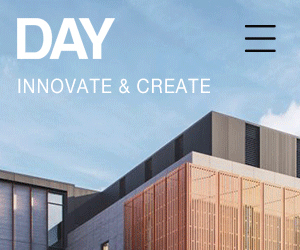New data has highlighted how simply switching from one type of printer technology to a modern alternative could unlock invaluable resources within the healthcare sector.
Each year, Epson business inkjet technology has the potential to save European healthcare establishments 166 million Kwh in energy consumption, cut costs by €20m, reduce CO2 emissions by 57 million KGs, and, importantly, lower printer waste.
Healthcare providers continue to have to ‘do more with less’, yet a simple switch from laser printers to Epson business inkjet technology within healthcare has the potential to free up funds for re-investment in new life-changing equipment or staffing resources, the company’s latest research has revealed.
Our innovations are being used to reduce environmental impact, improve patient experiences, and to enable new, smarter ways of working
In fact, figures show that if the healthcare sector in Western Europe was to switch to Epson business inkjet printers, the annual savings are the equivalent of buying eight new state-of-the-art MRI scanners.
In the last four years, Epson business inkjet printers have secured a 56% market share increase, giving the company a 29% total market share across Western Europe, according to IDC data. But there is still considerable room for more organisations to leverage the benefits of a technology switch.
And, if momentum continues, the corporate social responsibility (CSR) of healthcare organisations can also be improved. The CO2 savings amount to the same volume that it would take 2.6 million trees a year to absorb.
Phil Sargeant of market intelligence firm, IDC, said: “Over recent years we have seen the rise of the business inkjet, from manufacturers such as Epson and HP, and to a lesser extent, Canon and Brother.
“The penetration for inkjets is increasing almost 2% a year.”
Inkjets, he adds, have become a solidly mainstream choice.
“Now one in three devices being sold into an office environment is a business inkjet. If you look at some markets in Europe, the penetration is as high as 40%,” he revealed.
According to IT managers recently surveyed by Epson, the need to invest in new technology was the number one pressure cited by 48% per cent of IT managers and printer users within the healthcare sector.
Cost pressures have also resulted in not hiring new staff, said 40% of survey respondents, and providing staff training has taken a hit according to 26%.
Making a small change to an often-overlooked piece of equipment could have substantial ecological and economic results
More critically, a significant 37% said it has led to an inability to improve the patient environment, and 48% admitted it had meant they are not able to invest in new technology for their organisation.
The research further highlighted that 38% of those in healthcare are under pressure to improve their CSR efforts, but budget pressures stop them from doing so.
“Progressive innovation achieved over the last decade means that switching from legacy laser technology to Epson business inkjet is proven to save money and support the environment. Additionally, it allows for focus on more important areas of business or function,” said Darren Phelps, vice president of business at Epson Europe.
“Making a small change to an often-overlooked piece of equipment could have substantial ecological and economic results.
“Minimising the total cost of print and its environmental impact, while addressing human benefits are all advantages enabled by our heat-free printing technology.
“The real impact is in the resulting human benefits. Our innovations are being used to reduce environmental impact, improve patient experiences, and to enable new, smarter ways of working.”




